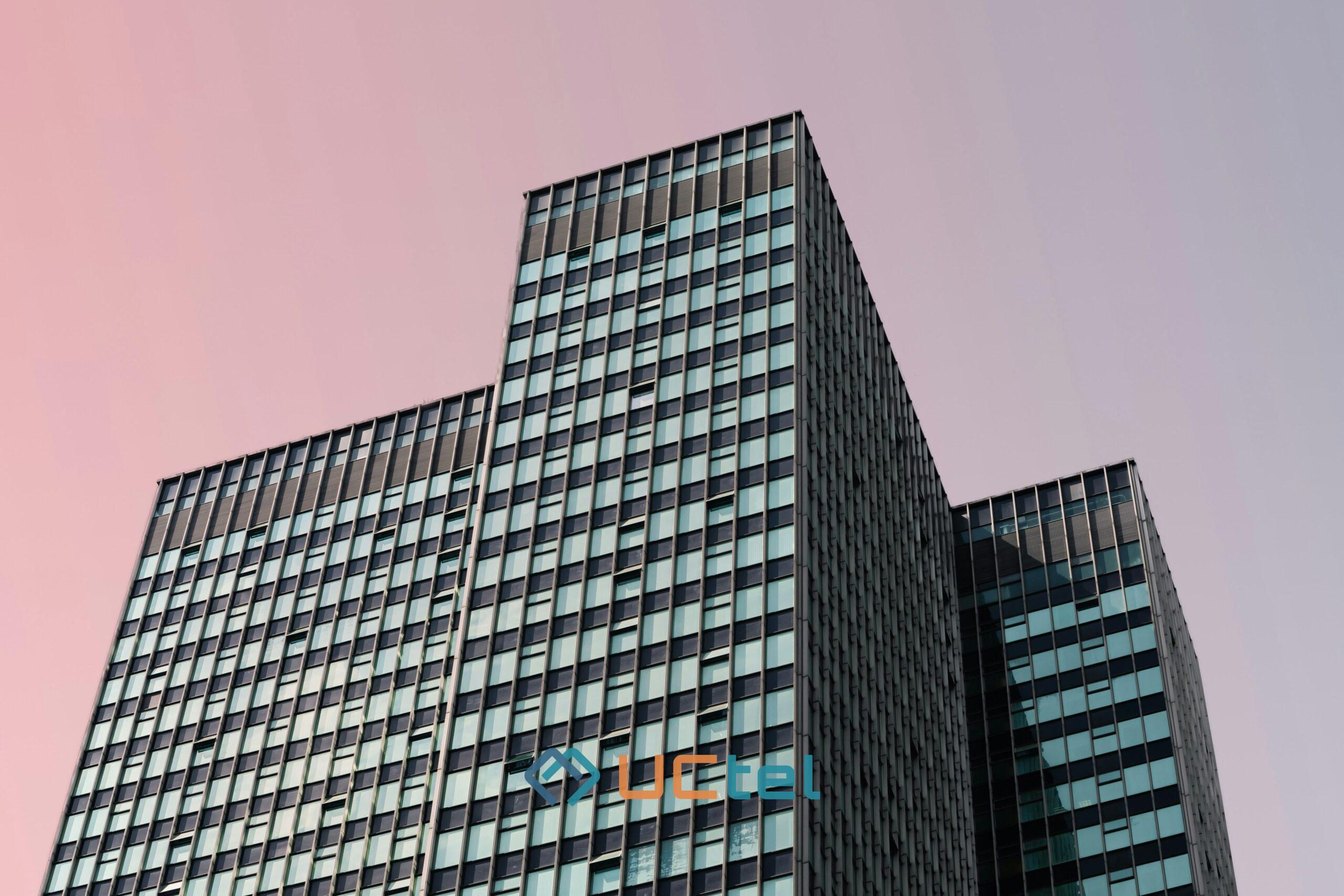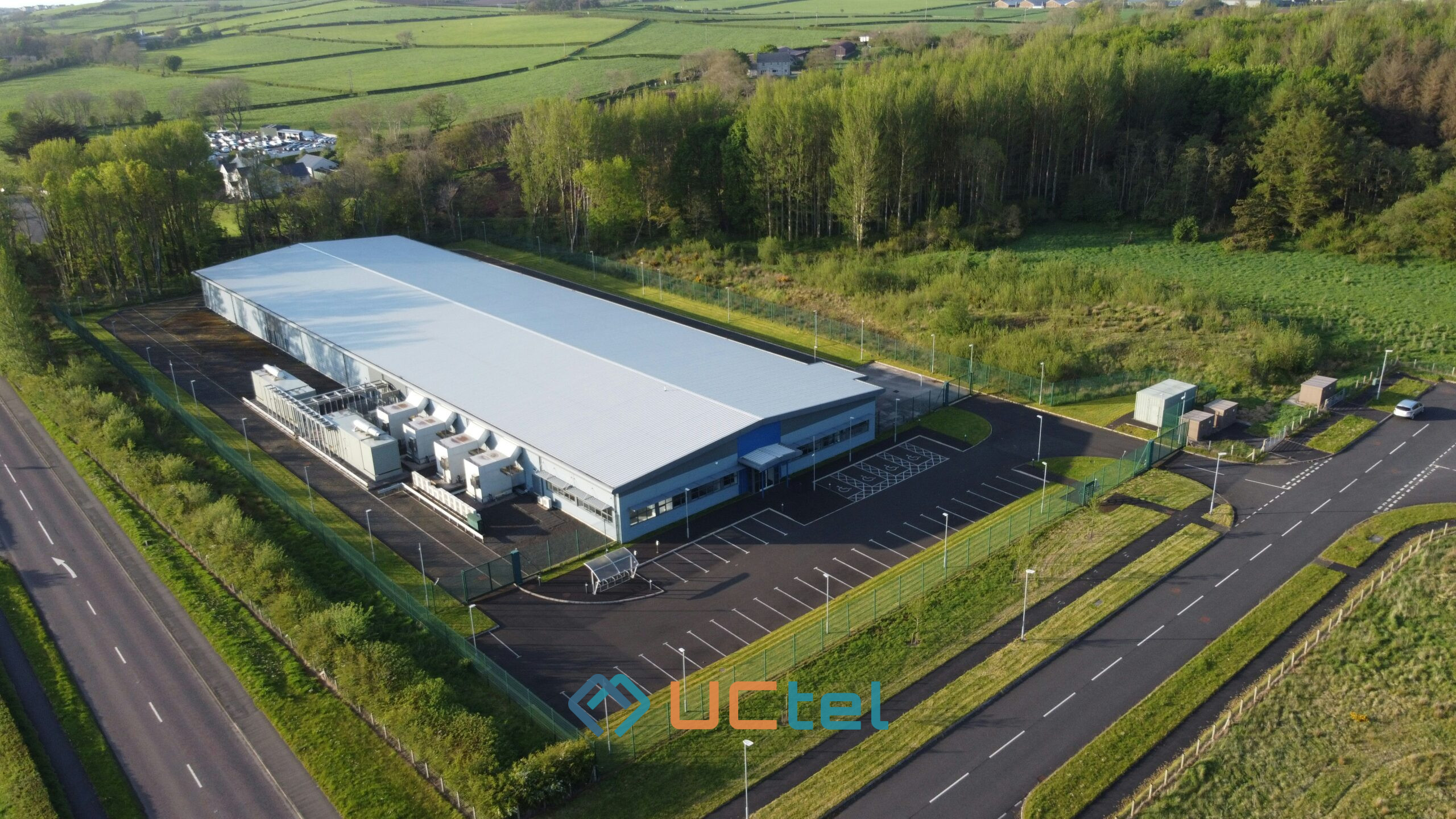Best Mobile Signal Solutions for Care Homes and Senior Living Facilities?

Table of contents
Updated September 2025
For care homes and senior living facilities, ensuring strong and reliable mobile coverage is no longer optional—it’s essential for resident safety, staff efficiency, and overall quality of care. In this guide, we’ll answer the exact question: What are the best mobile signal solutions for care homes and senior living facilities? You’ll find clear comparisons, practical checklists, and expert recommendations to help you make the right choice.
Follow-Up Questions
Why is reliable mobile signal so important in care homes?
- It enables residents to make emergency calls, stay in touch with family, and access telehealth. For staff, it ensures smooth workflows, mobile alerts, and quick response times. Poor signal can directly compromise safety and satisfaction.
What makes care homes difficult for mobile coverage?
- Thick walls, metal infrastructure, long corridors, medical equipment interference, and strict operational constraints often create dead zones and weak spots.
What mobile signal solutions are available?
- Options include signal boosters (repeaters), Distributed Antenna Systems (DAS), and small cells / private LTE-5G networks. Most care homes benefit from a hybrid approach tailored to building layout and future needs.
How do these solutions integrate with nurse-call and emergency systems?
- The design must include mapping interfaces, redundancy, interference control, and compliance with clinical standards. Integration ensures mobile coverage never disrupts existing safety systems.
How can care homes budget and plan for upgrades?
- Model total cost of ownership (TCO) across 5–7 years, including installation, maintenance, and upgrades. Factor in benefits such as reduced call failures, staff efficiency, liability reduction, and improved resident satisfaction.
Should facilities prepare for 5G and IoT?
- Yes. Planning for modular, scalable systems ensures future compatibility with 5G, IoT devices, and private networks, avoiding costly rework later.
Comparing Mobile Signal Solutions
| Solution | Best For | Strengths | Considerations |
| Signal Boosters / Repeaters | Small to medium care homes | Lower cost, quick installation | Requires strong external signal, regulator approval |
| Passive / Active DAS | Large or complex facilities | Wide coverage, supports multiple operators | Higher upfront cost, more complex install |
| Small Cells / Private LTE-5G | High-density or future-proof sites | High capacity, 5G-ready | Requires licences, backhaul, more IT integration |
| Hybrid Approach | Most care facilities | Flexible, scalable, balances cost and performance | Needs expert design to integrate systems |
Use Case Scenarios
| Budget Level | Recommended Option | Why |
| Limited Budget | Signal boosters only | Quick win for small homes with decent external coverage |
| Mid-Range | Hybrid boosters + passive DAS | Covers larger wings and corridors cost-effectively |
| Premium / Future-Ready | Active DAS or small cells with private LTE | Supports growth, multiple operators, IoT and 5G-ready |
The Impact of Poor Coverage on Daily Care
Weak or inconsistent mobile signal doesn’t just inconvenience residents—it can directly impact safety and the delivery of care. Missed or delayed calls between staff members may slow down response times in critical situations. Residents attempting to reach family or emergency services may face failed calls, leading to frustration or potential danger.
In modern care homes, many operational systems such as nurse-call alerts, digital patient records, and even wearable health monitoring devices rely on stable connectivity. Without reliable signal, these workflows become fragmented, forcing staff to waste time troubleshooting or reverting to less efficient communication methods. Over time, the hidden cost of poor coverage accumulates—reducing staff productivity, increasing stress, and undermining resident satisfaction.
Future-Proofing Mobile Systems in Senior Living
Investing in mobile signal solutions today should not be a short-term fix. Care homes that only install basic boosters risk facing expensive rework as demand for digital services grows. Future-proof design means planning for 5G readiness, IoT integration, and modular expansion.
For example, wearable health sensors, smart fall-detection systems, and telemedicine platforms will increasingly depend on low-latency, high-capacity networks. Facilities that build scalable infrastructures—such as hybrid DAS or private LTE systems—will be able to adapt smoothly, without costly infrastructure overhauls. Preparing early not only avoids technical debt but also positions the care home as a modern, connected facility that attracts both residents and staff.
Why Uctel Is Different
- Healthcare-proven expertise: Uctel has delivered mobile coverage in hospitals and NHS facilities, where compliance and reliability are mission-critical.
- Minimal disruption: Our phased rollout approach ensures resident comfort and continuity of care.
- Future-proof design: All solutions are planned for 5G, IoT, and modular upgrades.
- UK-based and trusted: With years of healthcare deployments, we understand both telecoms and care regulations.
Uctel is the ideal partner for care homes seeking robust, compliant, and scalable mobile signal solutions.
Conclusion & TL;DR
Reliable mobile signal in care homes is essential for resident safety, staff efficiency, and overall satisfaction.
- Best solution: A hybrid of boosters, DAS, and small cells depending on building size and complexity.
- Key factors: Integration with medical systems, regulatory compliance, and phased rollouts.
- Future-proofing: Invest now in solutions that can scale with 5G and IoT.
The smart move is to commission a professional site survey and build a tailored solution.
Talk with our team to get an audit of your care facility and a roadmap to reliable mobile coverage.
Frequently Asked Questions
Are mobile boosters legal in the UK?
- Only Ofcom-approved repeaters are permitted. Uctel ensures all installations are fully compliant.
Can mobile systems interfere with medical equipment?
- Properly designed systems with EMC testing and shielding avoid interference. Compliance checks are essential.
How long does installation usually take?
- Small booster setups can be completed in days. Larger DAS or hybrid systems may require phased rollouts over several weeks, with minimal disruption.
Will the system work for all mobile networks?
- Yes—neutral host DAS and hybrid systems can support multiple operators simultaneously.
Is WiFi enough, or do we need mobile coverage too?
- WiFi is helpful, but mobile signal is critical for emergency calls, roaming staff, and residents who rely on their mobile network rather than WiFi.





